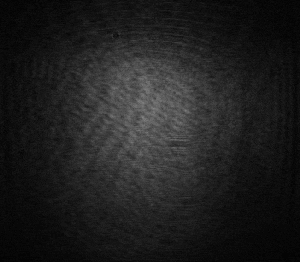A technique borrowed from ancient "magic mirrors" uses liquid crystals to conceal images from all but the right kind of light
Physics
5 May 2022

A Han dynasty magic mirror. When bright light shines onto the mirror it reflects a hidden pattern nearby
Robert Kawka / Alamy Stock Photo
Windows and mirrors embedded with liquid crystals can hide images that only appear when the right kind of light is shined on them. The technique, inspired by a 4000-year-old trick for building “magic mirrors,” may be a step towards developing better displays for 3D images.
A magic mirror or window looks transparent until a light is shined onto it to reveal a secret image. Craftspeople in ancient China and Japan made magic mirrors out of bronze that similarly hid images, but physicists only began to understand how they work around 15 years ago.
Felix Hufnagel at the University of Ottawa in Canada and his colleagues used those insights to build a new type of magic mirror and window. Their versions contain a state of matter known as a liquid crystal. While liquids are flow freely and crystal atoms are organized in stiff grids, liquid crystals split the difference: their molecules are both fluid and arranged in patterns.
Advertisement

A magic mirror reveals an image
Hufnagel et al.
Many television screens employ liquid crystals because their properties, like colour, can be controlled by changing the patterns of the molecules. The new technique uses a similar idea, applying an electric voltage to the liquid crystals to show different images. “By tailoring the orientation of the molecules, we essentially decide what image will be formed,” says Hufnagel.
For millennia-old mirrors, very slight bumps and indentations on their surfaces made light bounce off in just the right way to form an image. By comparison, the liquid crystal magic windows are completely flat and smooth.
The researchers were also able to decide exactly what properties the light must have to uncover the hidden image, such as its polarization. Using the wrong kind of light results in nonsense images or the negative of the hidden image.
Images revealed by the new technique look clear when viewed from different angles and distances. The researchers say this means it could be used to improve projectors for 3D images, which often only show a sharp image when the viewer faces them just right.
Journal reference: Optica, DOI: 10.1364/OPTICA.454293
More on these topics:
#Physics | https://sciencespies.com/physics/secret-images-hidden-in-mirrors-and-windows-using-liquid-crystals/
No comments:
Post a Comment